Henry St. John may refer to:

Viscount Portman, of Bryanston in the County of Dorset, is a title in the Peerage of the United Kingdom. It was created in 1873 for the former Lord Lieutenant of Somerset and Liberal Member of Parliament Edward Portman, 1st Baron Portman. He had already been created Baron Portman, of Orchard Portman in the County of Somerset, in 1837, also in the Peerage of the United Kingdom. His son, the second Viscount, represented Shaftesbury and Dorset in the House of Commons as a Liberal. As of 2014 the titles are held by one of the latter's great-great-grandsons, the tenth Viscount, since 1999.
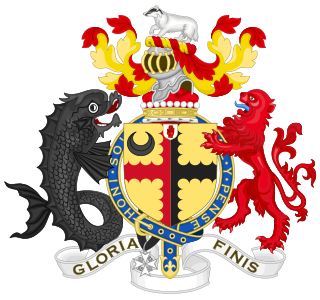
Viscount Brookeborough, of Colebrooke in the County of Fermanagh, is a title in the Peerage of the United Kingdom. It was created in 1952 for the Ulster Unionist politician and Prime Minister of Northern Ireland, Captain The Rt. Hon. Sir Basil Brooke, 5th Bt., P.C. (N.I.), M.P.
Portman or Portmann may refer to:

Henry Lascelles, 2nd Earl of Harewood DL, known as Viscount Lascelles from 1814 to 1820, was a British peer, slave owner and Member of Parliament.

LordWilliam Henry Berkeley Portman, 2nd Viscount Portman, GCVO was a British Liberal Member of Parliament.

Viscount Maynard, of Easton Lodge in the County of Essex, was a title in the Peerage of Great Britain. It was created in 1766 for Charles Maynard, 6th Baron Maynard, Lord-Lieutenant of Suffolk. He was made Baron Maynard, of Much Easton in the County of Essex, at the same time, also in the Peerage of Great Britain. Both titles were created with special remainder, failing male issue of his own, to his kinsman Sir William Maynard, 4th Baronet. The 1st Viscount was unmarried and on his death in 1775 the baronetcy of Easton Parva, the Irish barony of Maynard created in 1620 and the English barony of Maynard created in 1628 became extinct. He was succeeded in the barony of 1766 and the viscountcy according to the special remainder by his kinsman Sir Charles Maynard, 5th Baronet, who became the 2nd Viscount. The latter was succeeded by his nephew, the 3rd Viscount, who served as Lord-Lieutenant of Essex. He had no surviving male issue and on his death in 1865 the baronetcy, barony and viscountcy became extinct. His granddaughter, Daisy Maynard, daughter of Colonel the Honourable Charles Henry Maynard and future wife of Francis Greville, 5th Earl of Warwick, succeeded to most of the Maynard estates.

Beilby Richard Lawley, 2nd Baron Wenlock was an English nobleman, eldest son of Paul Thompson, 1st Baron Wenlock and 8th Baronet. He succeeded in the Barony and Baronetcy and to the family estate at Escrick, Yorkshire on the death of his father in 1852.
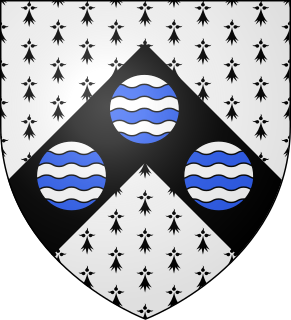
Brownlow Cust, 1st Baron Brownlow, of Belton House near Grantham in Lincolnshire, was a British Tory Member of Parliament.
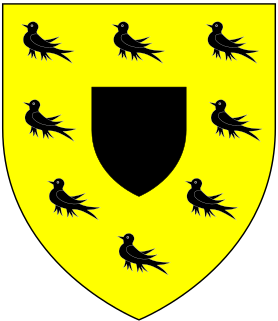
Sir William Brownlow, 4th Baronet of Belton House near Grantham in Lincolnshire, was an English Member of Parliament.
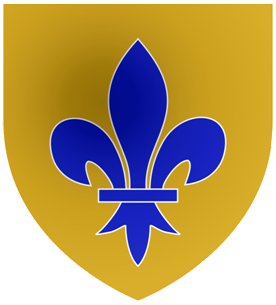
Sir William Portman was an English judge, politician and Chief Justice of the King's Bench. He was MP for Taunton in 1529 and 1536.
Henry William Portman was an 18th-century housing developer, the ancestor of the Viscounts Portman.
Edward Berkeley Portman of Bryanston House, Bryanston, Dorset was an 18th-century English housing developer and politician.

The Portman Baronetcy, of Orchard Portman in the County of Somerset, was a title in the Baronetage of England. It was created on 25 November 1611 for John Portman, son of Sir Henry Portman, knight, of Orchard Portman, Somerset, by Jane Mitchell. Orchard Portman is 2 miles SE of Taunton. Sir Henry was the son of Sir William Portman, Lord Chief Justice of England between 1555 and 1557. Sir William Portman had acquired land in Marylebone, London, which through the later housing developments of Henry William Portman became the Portman Estate, which today is one of Central London's largest landlords and is still the basis of the wealth of the Portman family. Sir Henry Portman, 2nd Baronet was Member of Parliament for Somerset, and married Lady Anne Stanley, daughter of William Stanley, 6th Earl of Derby; they had no children. His heir was his brother Sir John Portman, 3rd Baronet (1605–1624), who died unmarried as a 19-year-old undergraduate at Wadham College, Oxford, in the chapel of which exists his elaborate marble monument containing his effigy. John's aunt Joan Portman was the wife of Sir John Wyndham (1558–1645) of Orchard Wyndham, Somerset, whose mother was Florence Wadham, who founded Wadham College in accordance with the wishes of her brother Nicholas Wadham. His brothers the fourth and fifth Baronets both represented Taunton in the House of Commons. The sixth Baronet was Member of Parliament for both Taunton and Somerset. The title became extinct on his death in 1690.
Emma Portman, Baroness PortmannéeLascelles; was a British aristocrat. She was the daughter of Henry Lascelles, 2nd Earl of Harewood and Henrietta Sebright.
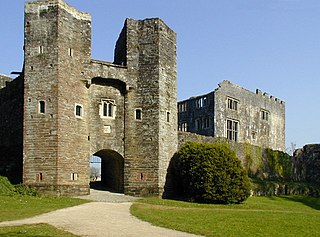
Sir Edward Seymour, 3rd Baronet of Berry Pomeroy Castle was an English politician who sat in the House of Commons at various times between 1640 and 1688. He fought for the Royalist cause in the English Civil War.

Sir William Portman, 6th Baronet FRS was an English politician who sat in the House of Commons between 1661 and 1690.
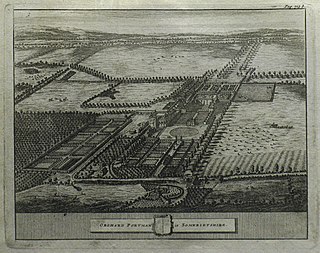
Henry Seymour later Portman, of Orchard Portman, Somerset, was an English politician who sat in the House of Commons of England and then Great Britain almost continually between 1679 and 1715.










